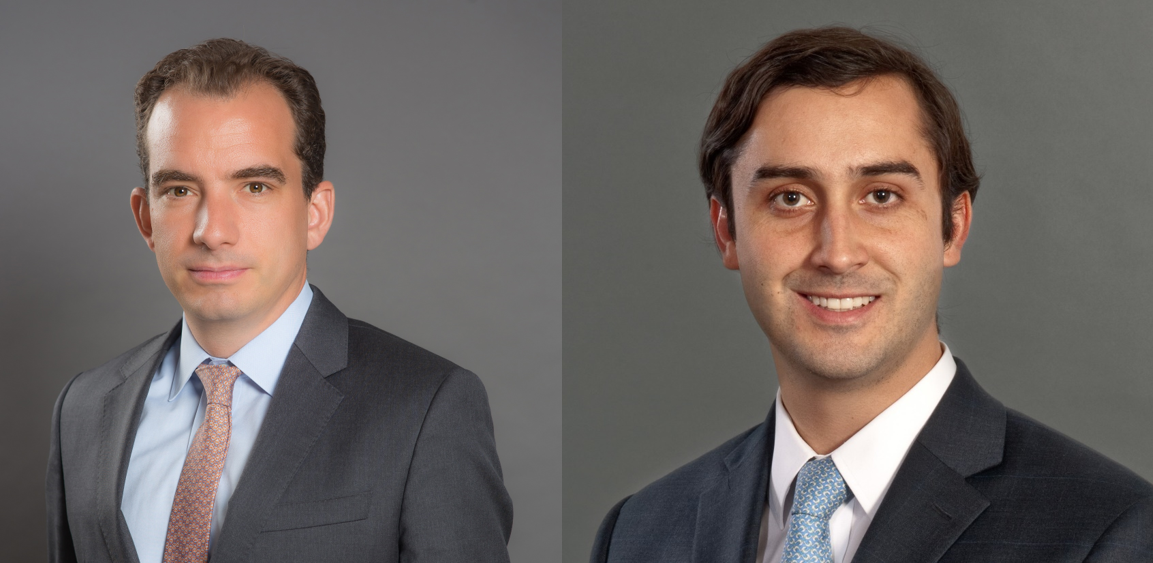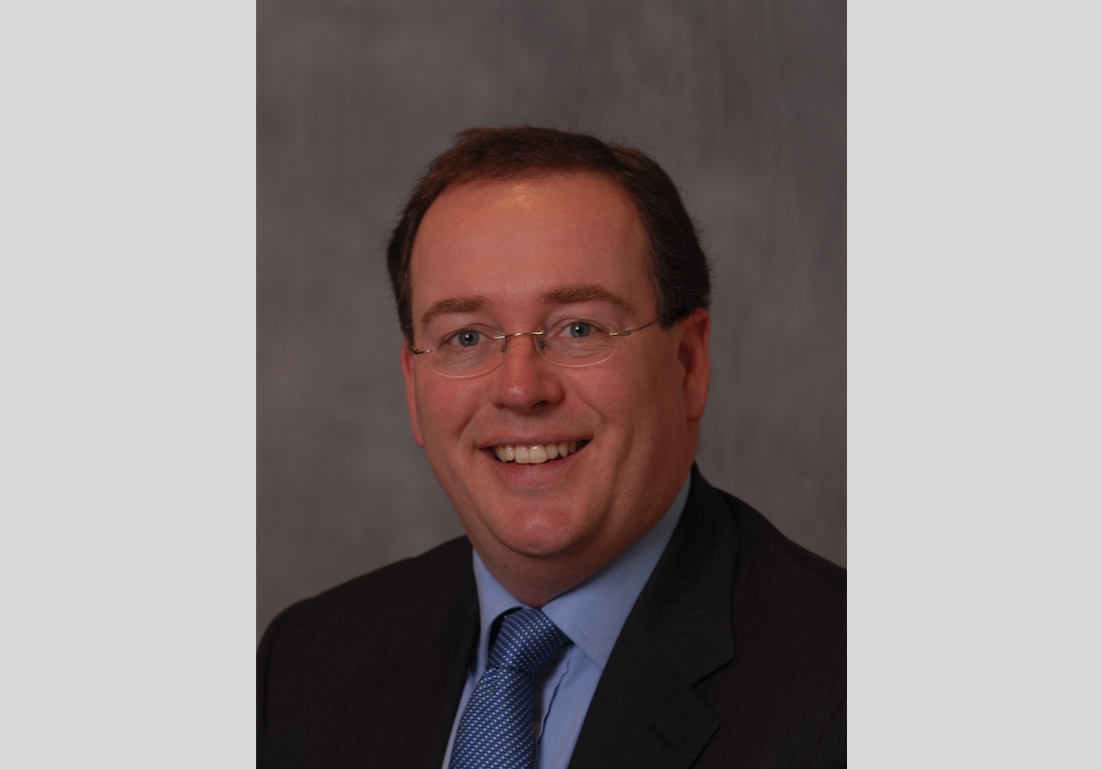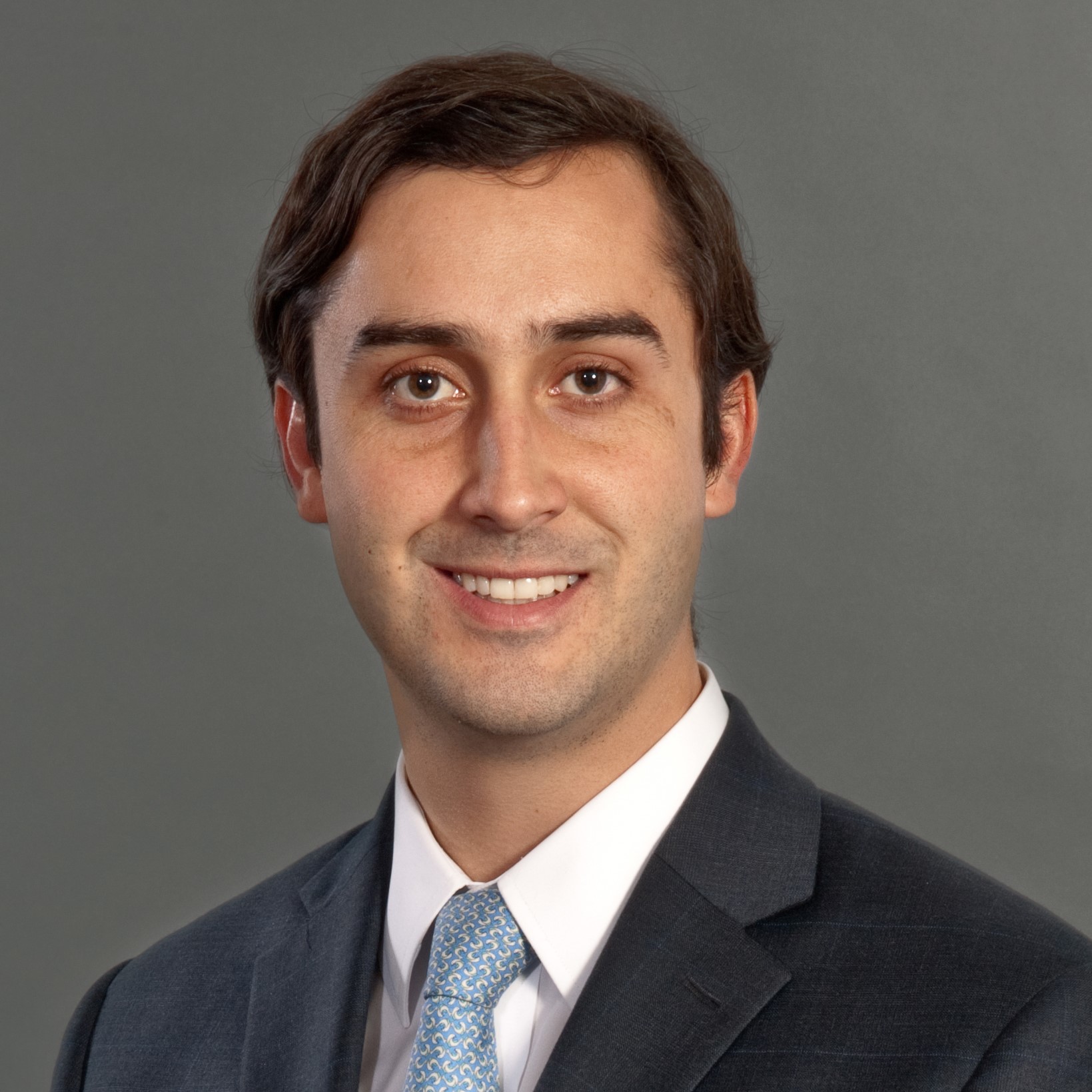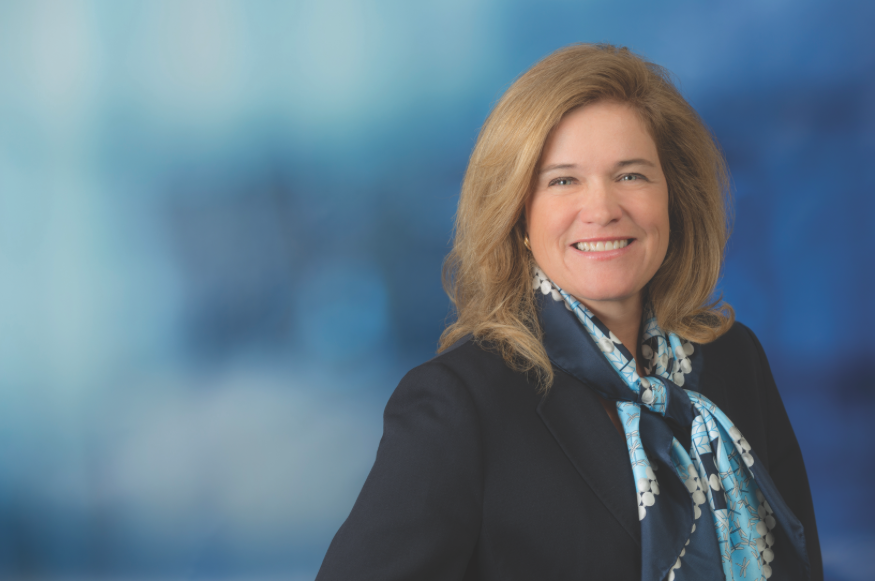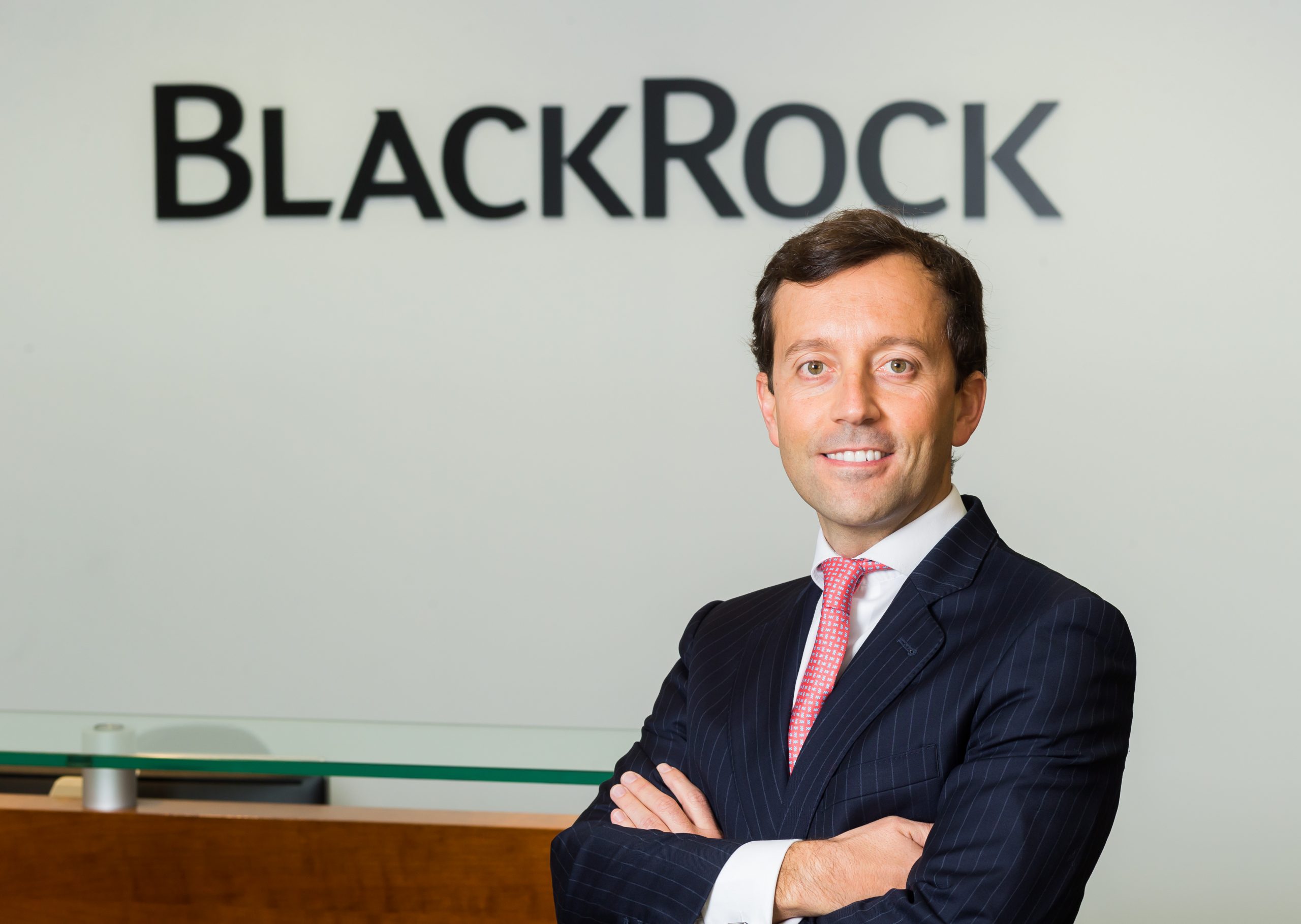François Pienaar, the South African Rugby Legend and World Cup Champion, talks about leadership at Investec’s Inspirational Event in Miami
| For Meritxell Sedo | 0 Comentarios
Honoring its South African origins, Investec Asset Management invited François Pienaar, the South African Rugby Legend and World Cup Champion, to speak about leadership at their second “Investec Inspirational Event”, celebrated at the InterContinental hotel, in Miami, last June 5th.
Investec Asset Management business in the Americas region has grown exponentially since they opened their first office in New York, back in 2006. They started with 100 million dollars in asset under management, and now they are managing around 22 billion dollars. A “great journey” that according to Richard Garland, Managing Director of the firm, it’s worth celebrating. That’s the reason why Investec Asset Management brought together over one hundred investment professionals from the Latin American and US Offshore business to participate in an “out of the ordinary” inspirational talk.
Last year, they had the presence of Robert O’Neill, the Navy Seal who shot Bin Laden in May 2011, and this year, they invited François Pienaar, the South African Rugby player who was the captain of the Springboks from 1993 until 1996, who is best known for leading the South African team to a victory in the 1995 Rugby World Cup. An unexpected win that was later narrated on John Carlin’s book “Playing the Enemy: Nelson Mandela and the Game that Made a Nation” and then turned into the film “Invictus”, directed by Clint Eastwood.
A national hero
François Pienaar was born on the 2nd of January of 1967 into a bad time in South Africa, in which the basic human rights of ordinary South Africans were brutally violated. He grew up in Vereeniging, a small town close to Johannesburg. As a kid, he went to school with white children and never really interacted with black people, except for the lady that normally came his house to do some of the cleaning.
“The kids were not allowed to sit at the table with the adults. So, whenever the adults got together, the kids were going away to play, and we played in the garden with folks that were seated there and would talk about two things, sports and politics. And when it came to politics, Nelson Mandela’s name came up regularly, followed by the word terrorism, and comments about his coming out of jail as a disaster for the country. There was no debate. Very sadly, everyone agreed on that view and no one, me included, said anything or questioned”, explained Pienaar.
From an early age, sports played an important role in his life. It was through rugby that he earned an athletic scholarship to study Law at the Rand Afrikaans University. “My family did not have much money. Sometimes I could not go to play rugby because my parents could not afford it. Sports were my way to getting out of the industrial belt where I grew up. I did well at rugby and I got a scholarship to study law at the University of Johannesburg. There I met people very different from what it was my own world: people that did not believe in god, that had a different religion, people that spoke different languages, and that had strong views about politics”, he continued.
Pienaar attended the University in the late 80s, but there were already rumors that Mr. Mandela was going to be released out of Victor Verster Prison soon. And he was finally released in February of 1990. The negotiations to end Apartheid also had a direct impact on sports, national teams were allowed again to come back to the international arena. In 1992, the Springboks, who had been excluded from the first two world cups in 1987 and 1991, were then readmitted by the International Rugby Football Board (now, World Rugby), to international championship. One year later, the new South African team was announced on television, on the main news, the names scrolled down the screen and Pienaar’s name appeared, he would be the captain of the team.
In 1994, Mr. Mandela is elected the first black President of South Africa. In that moment, he pronounces an unforgettable speech: “The time for the healing of wounds has come. The moment to bridge the chasms that divide us has come. The time to build is upon us […]. Never, never, and never again shall it be that this beautiful land will again experience the oppression of one by another and suffer the indignity of being the skunk of the world. Let freedom rein. The sun shall never set on so glorious a human achievement! God bless Africa”. At that moment, he made a promise to the nation and he delivered on his promise.
Meeting Mr. Mandela
A couple of months later, knowing that South Africa was set to host the 1995 Rugby World Cup, the first major sport event held in the country since the end of Apartheid, Mr. Mandela wanted to use the power that sport has to inspire and awaken hope to unite the nation. So, he asked his personal secretary to schedule a meeting with François Pienaar. When they finally met, they talked for an hour in which Mr. Mandela asked him about his family, the rugby sport and the Olympic Games in Barcelona. He also spoke about his imprisonment in Robben Island. Once the conversation ended Pienaar knew that the country was in the hands of a very wise leader and that he felt safe.
Before the opening match against the Australia’s Wallabies, a team undefeated in the previous twelve months and the favorites to win the game. Mr. Mandela went to see the Springboks at the end of the training. His helicopter flew and landed on a field not far from where the team was playing. He went one by one greeting every member of the team. One of the players gave him his cap, and he immediately put the cap on. He wished them good luck, went back to the helicopter and left.
When the first match was about to start, Mr. Mandela appeared in the stadium wearing the Springboks rugby cap, a symbol of the white elite that was detested by the black majority; he got booed by the crowds, but he answered: “This is our team. These are our boys that are playing for us”.
According to Pienaar, that was an incredible moment that boosted the morale of the team. They were able to win the match comfortably, with a phenomenal performance that drove them to the final of the Rugby World Cup.
The final
At the Ellis Park Stadium, the Springboks would have to play against one of the best rugby teams that the world has ever seen, the New Zealand’s All Blacks. This team had the first rugby global superstar and arguably the sport’s biggest name playing for them, Jonah Lomu, “120 kilograms of muscles that ran 100 meters in 11 seconds”, according to Pienaar.
The support for the Springboks had grown during the championship. All the people in the country, independently of their race, were cheering for their rugby team. “The day before the final, there was a group of black kids that saw us, and they started chanting the names of the players, something that they would never have known before the World Cup. They started running next to us with their beautiful smiles”, said Pienaar. “We were receiving messages from kids all over the country, and the kids had pour their hearts on them and they were beautiful to read”, he added.
On that Thursday night, their coach, Kitch Christie, walked to every room and he put a little piece of paper under each door, a poem written by Theodore Roosevelt that said: “It is not the critic who counts; not the man who points out how the strong man stumbles, or where the doer of deeds could have done them better. The credit belongs to the man who is actually in the arena, whose face is marred by dust and sweat and blood; who strives valiantly; who errs, who comes short again and again, because there is no effort without error and shortcoming; but who does actually strive to do the deeds; who knows great enthusiasms, the great devotions; who spends himself in a worthy cause; who at the best knows in the end the triumph of high achievement, and who at the worst, if he fails, at least fails while daring greatly, so that his place shall never be with those cold and timid souls who neither know victory nor defeat”.
The following day, hours before the World Cup final, there were thousands of people waiting to cheer them around the bus that would drive them to the stadium. “There were about 50 motorcycles waiting to escort the bus to the final, and what it strucked me was how clean the motor cycles were. They must have been cleaned by the children the day before”, said Pienaar.
The captain had a personal conversation with everyone in the team, asking them about their worries and how he could help to solve them. “Their rhetorical thinking led them to start wondering: What if I make a mistake? What if we miss a tackle? And my counter speech was: What if we don’t take our chances? What if we don’t give up our hope? What if we just play and come back without regrets?
Mr. Mandela came into the changing room with his Springboks’ cap and jersey on. With a beautiful smile he said to us: “Thank you for what you are doing for your country. Good luck”, and when he turned around, he was wearing my number on his back”, narrated Pienaar.
The team learnt to sing the national anthem together, understanding its lyrics, expressed in five languages: Africans, English, Xhosa, Zulu, and Sotho, to represent “one team, one country”, a chance to bridge the cultures and extend hands across a divided society.
The final was an epic match. The Springboks missed their first tackle, but they got better and better, and the game went to the extra time. Pienaar reached the final minutes of the game with a calf strain that prevented him from running, but the coach insisted that he must stay on the field. “At the stadium, the people, mostly white South Africans, were chanting an African tribe song that means move forward. When I started hearing that song, I said to the team: “Live for your country, back each other, and we will be fine. This is the strategy to follow, let´s execute it”, and so we did”.
A drop goal from Joel Stransky led them to a three-point victory over the All Blacks. At the stadium everybody was chanting. At the streets everybody was celebrating and dancing. “I feel incredible blessed to have had the opportunity to experience how powerful sport is. When we won a reporter stuck a microphone next to my face and asked me: “François, tell us what was like to win in front of 65.000 people”, to what I replied: “We did not win in front of 65.000 people, we won for 43 million people. And the reason why I gave that reply was because we had already the feeling that the whole country was supporting the team. The gentleman who served us breakfast at the hotel was a Zulu, and he was concerned on whether we had eaten enough breakfast for the match. The lady who cleaned our room, was a Xhosa, and she asked if we needed extra pillows, so we could sleep better and rest. The trophy could never just be for the lucky few that got ticket to come to the game. As a team, we did win, because we wanted to make our country proud”, said Pienaar.
“Mr. Mandela was one of the greatest politicians of his time, but he was also one of the greatest sportsman, in the sense that he gave us so much joy, which is the main power of a sportsman. He gave me a very clear instruction: “I want you to show love and passion”. When he passed away in December of 2013, the whole world stopped, he was in every newspaper. On the next 18th of July, it would had been his centenary. And we miss him. But we now have a new leader, Cyril Ramaphosa, who was one the one who held Nelson Mandela’s microphone when he was released from prison in Cape Town. He is now following Mandela’s footsteps. He is an extremely successful businessman who does not need to get involved in politics, he is doing it because he wants a better country”, he concluded.




